12 Brutal Revenge Films That Redefine Payback in the Most Savage Ways

Revenge movies tap into something deeply human—the desire for justice when the world feels unfair. They let us witness characters pushed beyond limits, taking matters into their own hands when the system fails them.
Some stories escalate that impulse into extreme levels of retaliation, showing protagonists who stop at nothing to settle the score. These films reveal what happens when revenge becomes a personal mission rather than mere justice.
1. Oldboy (2003)
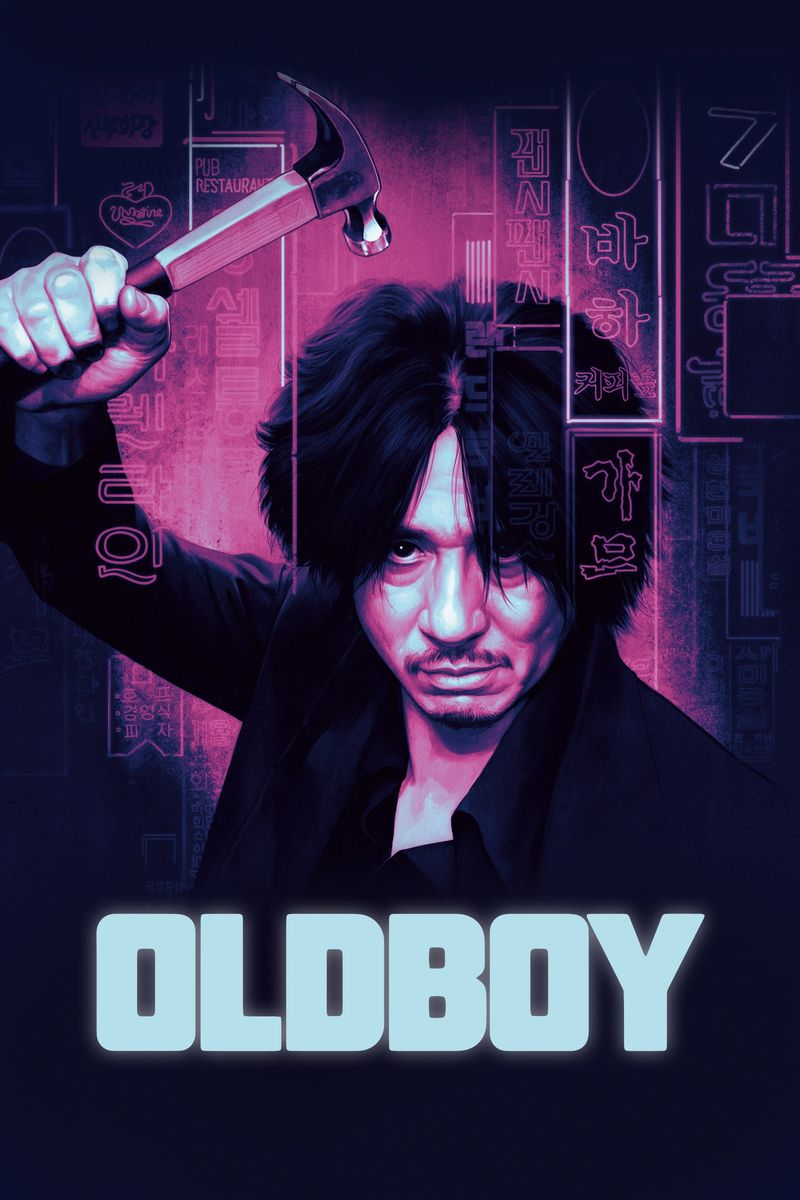
Park Chan-wook’s masterpiece begins with Oh Dae-su being mysteriously imprisoned in a small room for fifteen years with no explanation. Then, just as suddenly, he’s released and given five days to discover who did this and why.
The famous hallway fight scene, shot in one continuous take with Oh Dae-su wielding a hammer against dozens of attackers, became instantly legendary. But the physical violence is nothing compared to the psychological devastation waiting at the film’s conclusion.
Every twist deepens the mystery until the final revelation destroys everything Oh Dae-su thought he knew. This isn’t just revenge—it’s a Greek tragedy wrapped in shocking brutality and moral complexity.
2. Blue Ruin (2013)
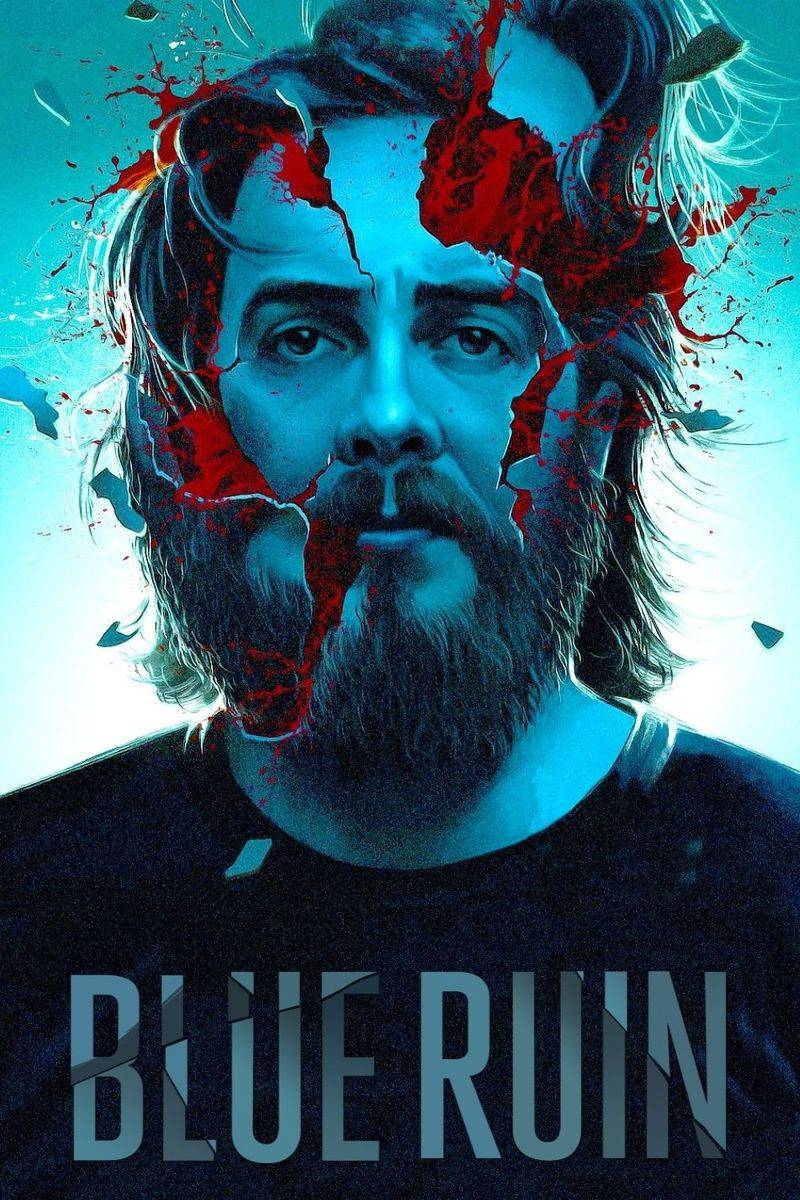
Unlike most revenge films where heroes are skilled fighters, Blue Ruin follows Dwight, a homeless drifter who’s completely unprepared for violence. When he learns his parents’ killer has been released from prison, he returns home with nothing but raw determination.
Director Jeremy Saulnier strips away Hollywood glamour to show revenge as messy, painful, and full of mistakes. Dwight fumbles with weapons, leaves evidence everywhere, and realizes too late that violence creates more violence.
The film’s realistic approach makes every injury feel genuine and every decision carry weight. It’s a haunting reminder that seeking vengeance often destroys the avenger as much as the target.
3. Dead Man’s Shoes (2004)
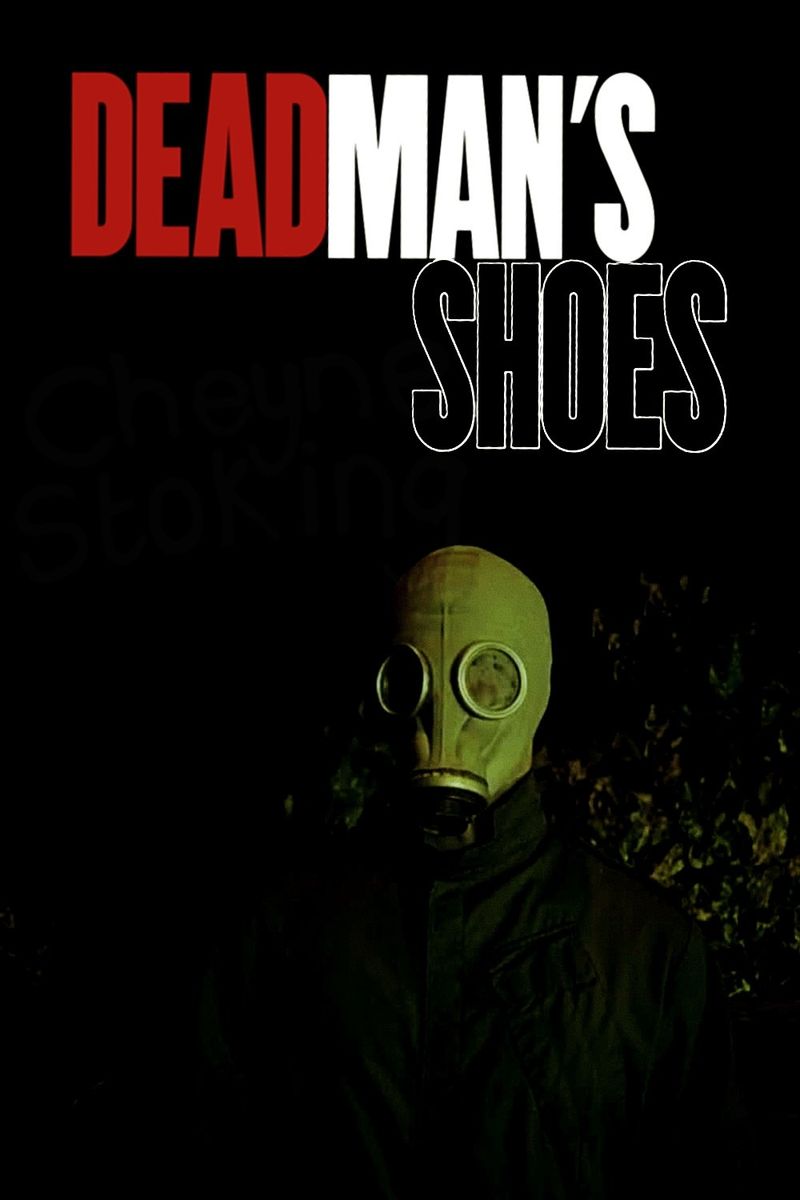
Richard returns to his small English hometown after serving in the military, and he’s not there for a reunion. He’s hunting down the gang of thugs who brutalized his mentally disabled younger brother while he was away.
Shane Meadows creates an atmosphere thick with dread as Richard methodically terrorizes his targets, using psychological warfare before physical violence. The bullies who once felt powerful now cower in fear, knowing their past has caught up with them.
What starts as righteous anger transforms into something darker when a shocking twist reveals the full truth. The ending hits like a gut punch, turning a revenge story into a tragedy about guilt, protection, and irreversible choices.
4. The Seasoning House (2012)

Set during the Balkans conflict, this harrowing film follows Angel, a deaf-mute girl forced to work in a brothel servicing soldiers. She witnesses unspeakable horrors daily, silently enduring abuse while learning the building’s hidden passages and secrets.
When soldiers murder her only friend, Angel’s survival instinct transforms into lethal revenge. She uses her knowledge of the house’s layout and her ability to move silently to turn the tables on her captors.
The claustrophobic setting amplifies the tension as Angel picks off soldiers one by one. It’s uncomfortable, brutal, and deeply satisfying to watch someone utterly powerless reclaim agency through calculated violence.
5. Law Abiding Citizen (2009)
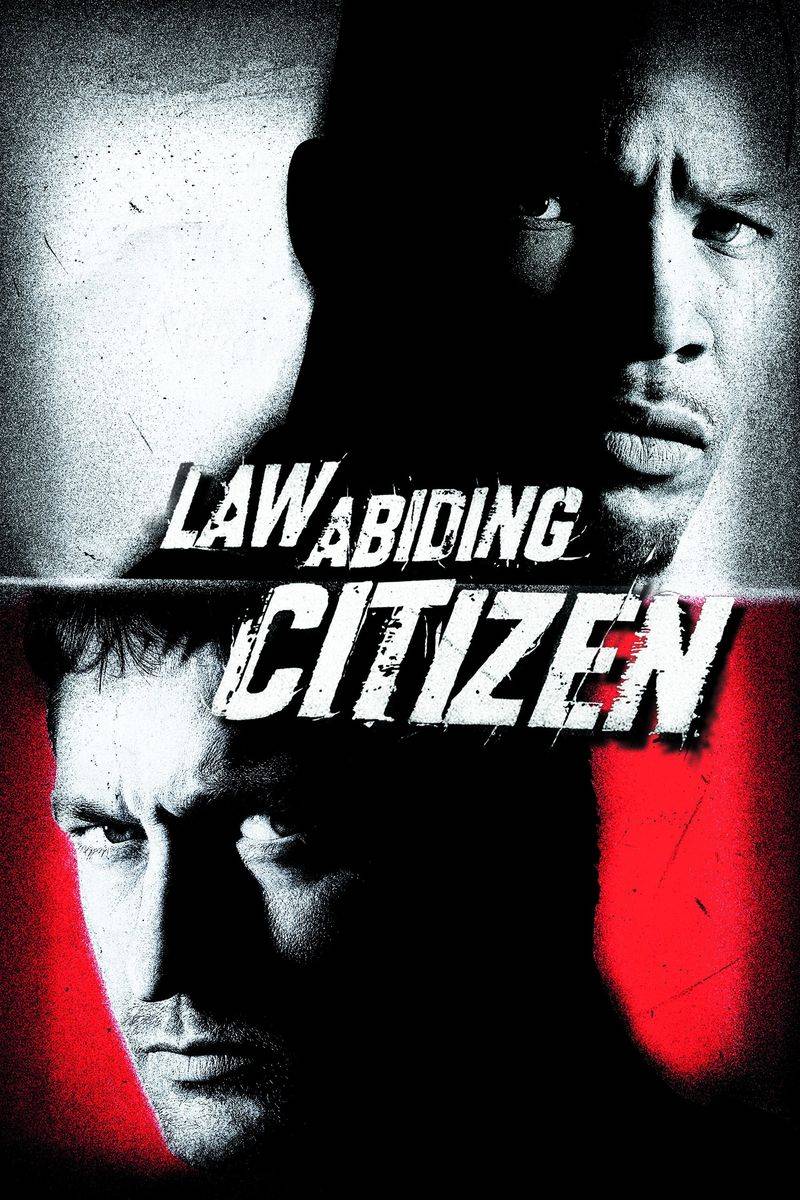
Gerard Butler plays Clyde Shelton, a man pushed past his breaking point after witnessing the murder of his wife and daughter. When the legal system fails him through plea deals and corruption, he decides to become judge, jury, and executioner himself.
What makes this film stand out is how calculated and intelligent Clyde’s revenge becomes. He doesn’t just lash out—he plans every move with surgical precision, turning the justice system against itself.
The violence is both physical and psychological, making viewers question whether his actions are justified or if he’s become worse than the criminals he’s punishing. Butler’s chilling performance transforms a grieving father into a terrifying force of nature.
6. Last House on the Left (1972)
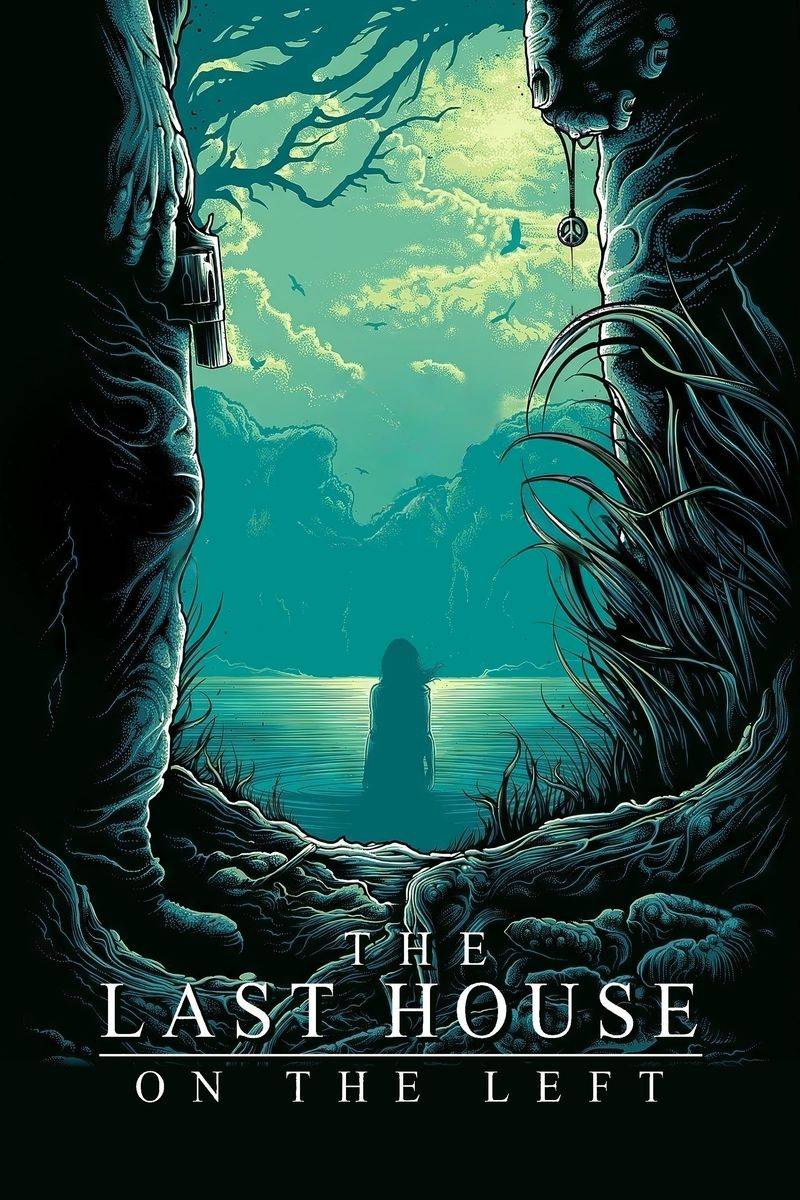
Wes Craven’s directorial debut shocked audiences in 1972 and remains controversial today. Two teenage girls are tortured and killed by escaped convicts who then, by twisted coincidence, seek shelter at one victim’s home.
When the parents discover what happened to their daughter, they transform from ordinary suburban folks into merciless executioners. Craven deliberately makes the violence ugly and uncomfortable, refusing to glamorize revenge.
The film asks disturbing questions: Are the parents justified? Have they become monsters themselves? There are no easy answers, just raw emotions and brutal consequences. It’s exploitation cinema that forces viewers to confront their own feelings about justice versus savagery.
7. I Saw the Devil (2010)
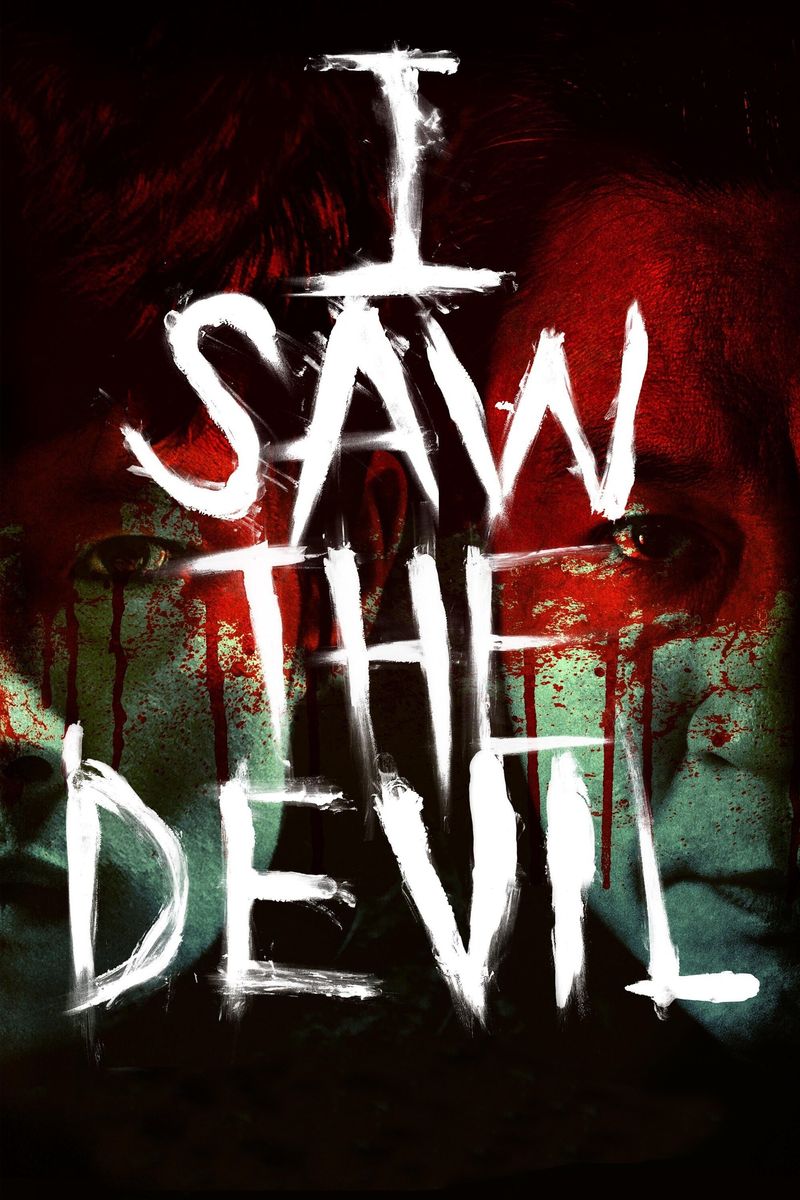
Secret agent Soo-hyun’s fiancée is murdered by a sadistic serial killer, but instead of simply killing the man, he makes a terrifying choice. He’ll capture, torture, and release the killer repeatedly, turning him into prey.
Director Kim Jee-woon crafts an escalating nightmare where the line between hero and villain blurs completely. Each cycle of catch-and-release becomes more vicious, with Soo-hyun descending into darkness that rivals his enemy’s cruelty.
The film challenges the very concept of justified revenge by showing how it corrupts and destroys the avenger’s humanity. By the end, you question whether Soo-hyun has become something worse than the monster he’s hunting.
8. Kill Bill Vol. 1 & 2 (2003-2004)

Quentin Tarantino transforms revenge into a stylish, blood-soaked opera spanning two volumes. The Bride wakes from a four-year coma to discover her wedding party was massacred and her unborn child is gone, all orchestrated by her former lover and team.
Armed with a Hattori Hanzo sword, she carves through the Deadly Viper Assassination Squad one by one. The Crazy 88 fight scene alone features enough arterial spray to paint a house, shot in gorgeous black-and-white and color.
Tarantino blends kung fu cinema, spaghetti westerns, and samurai films into something uniquely his own. Revenge becomes performance art—visceral, excessive, and ultimately cathartic as maternal fury meets martial arts mastery.
9. I Spit on Your Grave (1978)
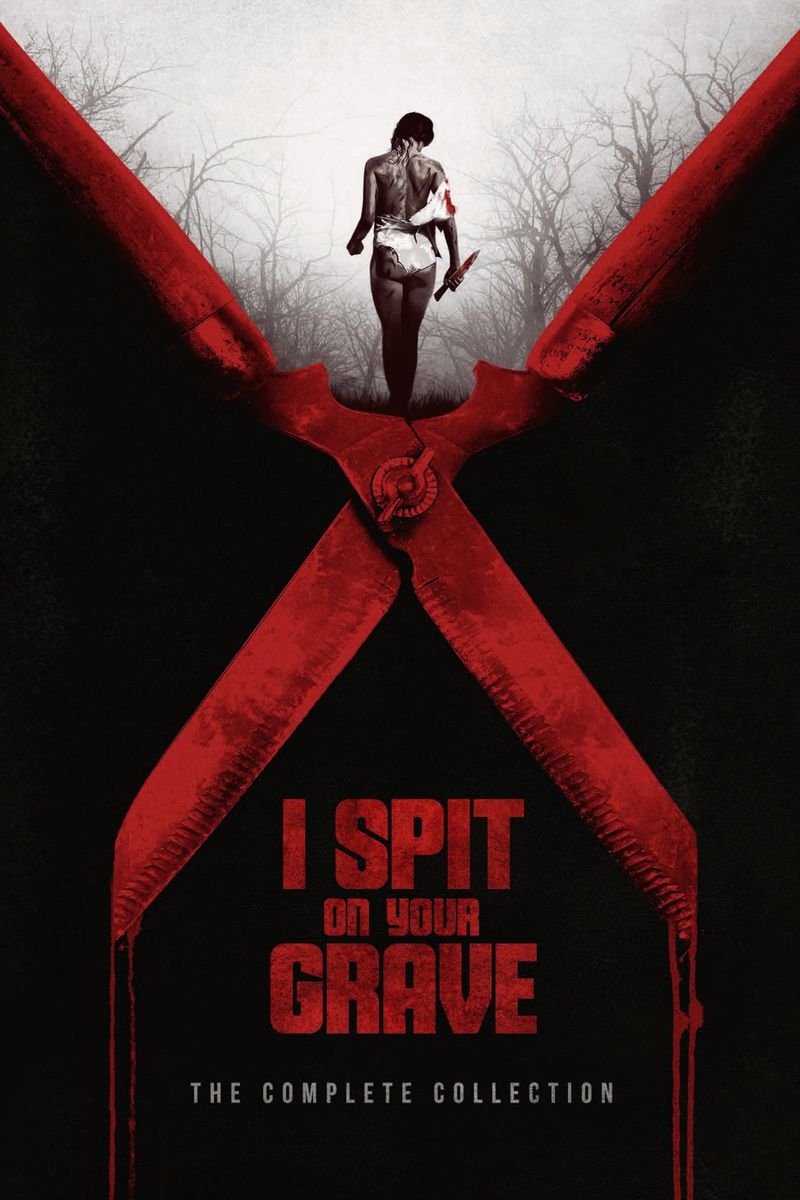
Perhaps no revenge film has sparked more heated debate than this notorious exploitation classic. Writer Jennifer Hills retreats to a countryside cabin, where she’s brutally assaulted by a group of local men who leave her for dead.
She survives, and what follows is methodical, graphic revenge against each attacker. Director Meir Zarchi doesn’t flinch from showing Jennifer’s transformation from victim to executioner, using violence that many found excessive.
Critics were divided—some called it misogynistic garbage, others saw it as a feminist statement about reclaiming power. Decades later, it remains deeply uncomfortable viewing that forces conversations about exploitation, justice, and the ethics of depicting violence on screen.
10. Irréversible (2002)
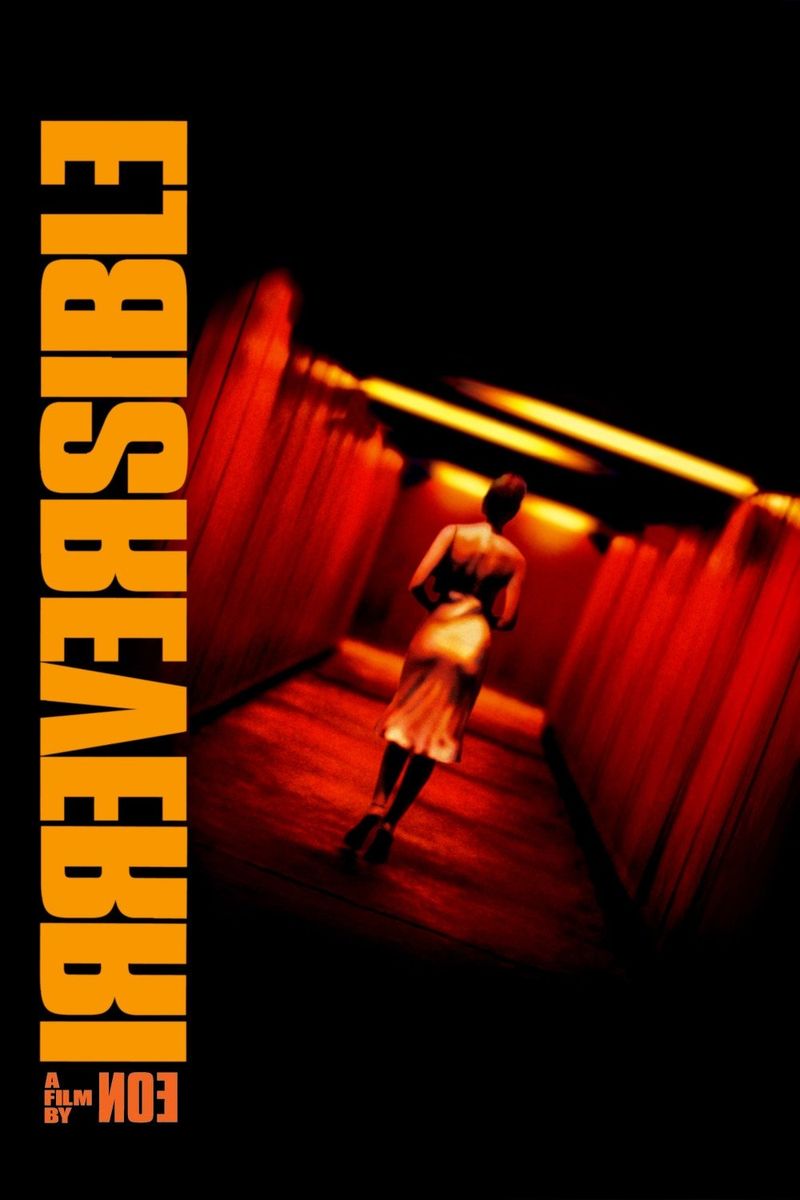
Gaspar Noé tells this French revenge story backward, starting with brutal vengeance and ending with the happiness that preceded tragedy. This reverse chronology forces viewers to experience violence before understanding what caused it.
The opening features one of cinema’s most disturbing scenes: a man’s head crushed with a fire extinguisher in a nightclub. Later (or earlier, chronologically), we witness the horrific assault that motivated the revenge, shot in an unflinching single take.
Noé uses disorienting camera work and nauseating sound design to make the experience physically uncomfortable. By showing effects before causes, he strips revenge of any satisfaction, leaving only emptiness and the cruel reality that violence can’t undo trauma.
11. Man on Fire (2004)
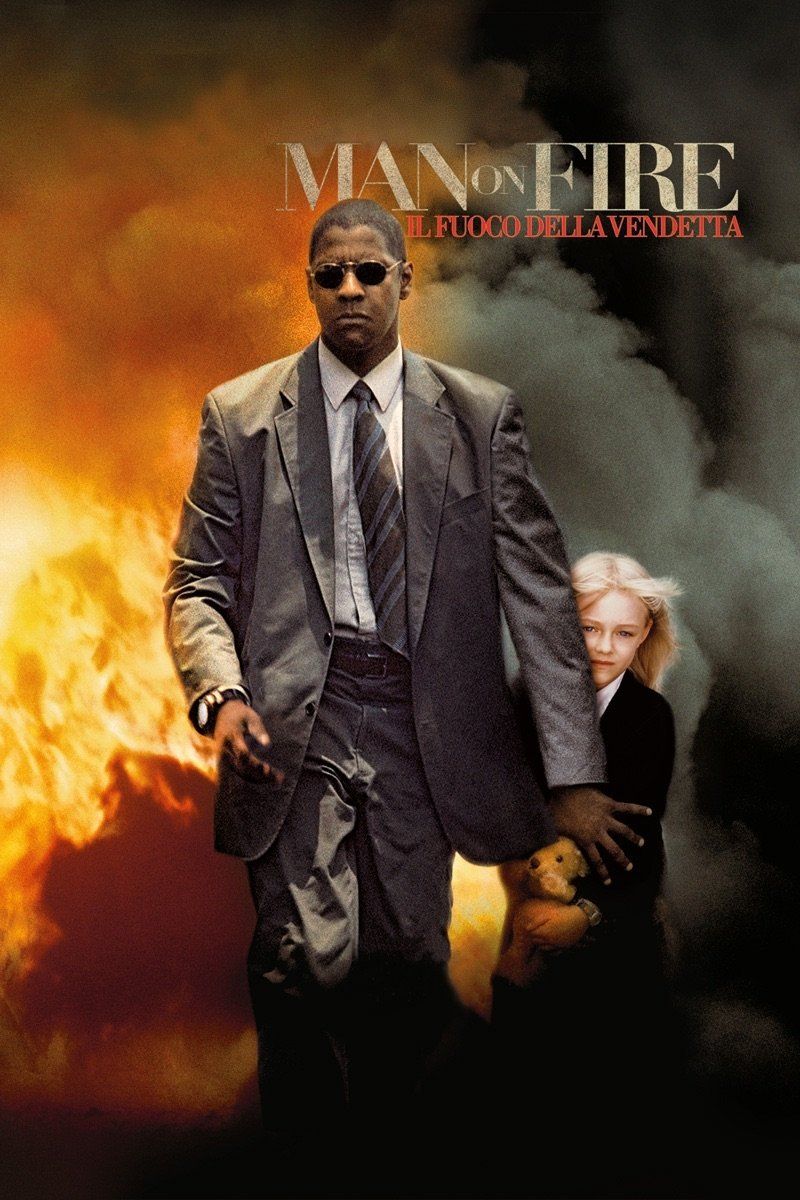
Denzel Washington delivers career-best work as John Creasy, a burned-out former CIA operative working as a bodyguard for young Pita in Mexico City. When she’s kidnapped by criminals, something breaks inside him—and then catches fire.
Director Tony Scott uses frenetic editing and saturated colors to mirror Creasy’s emotional state as he transforms grief into weaponized fury. He doesn’t just hunt the kidnappers; he becomes an unstoppable force, methodically dismantling the entire corrupt network.
Each confrontation is personal and brutal, with Creasy using enhanced interrogation and explosive violence. The film balances action spectacle with genuine emotion, making his rampage feel earned rather than gratuitous—a father’s love expressed through righteous hellfire.
12. The Man from Nowhere (2010)

Cha Tae-sik runs a pawnshop and keeps to himself, haunted by a mysterious past. His only connection to humanity is So-mi, the neglected little girl from next door who treats his shop like a second home.
When drug gangs kidnap So-mi and harvest organs from children, Tae-sik’s carefully buried skills resurface with devastating efficiency. What unfolds is a masterclass in knife combat, gunfights, and bone-breaking choreography as he tears through the criminal underworld.
Director Lee Jeong-beom balances stylish action with genuine heart, making us care deeply about this unlikely father-daughter bond. The final bathroom fight scene alone is worth the price of admission—brutal, precise, and emotionally charged revenge at its finest.

Comments
Loading…